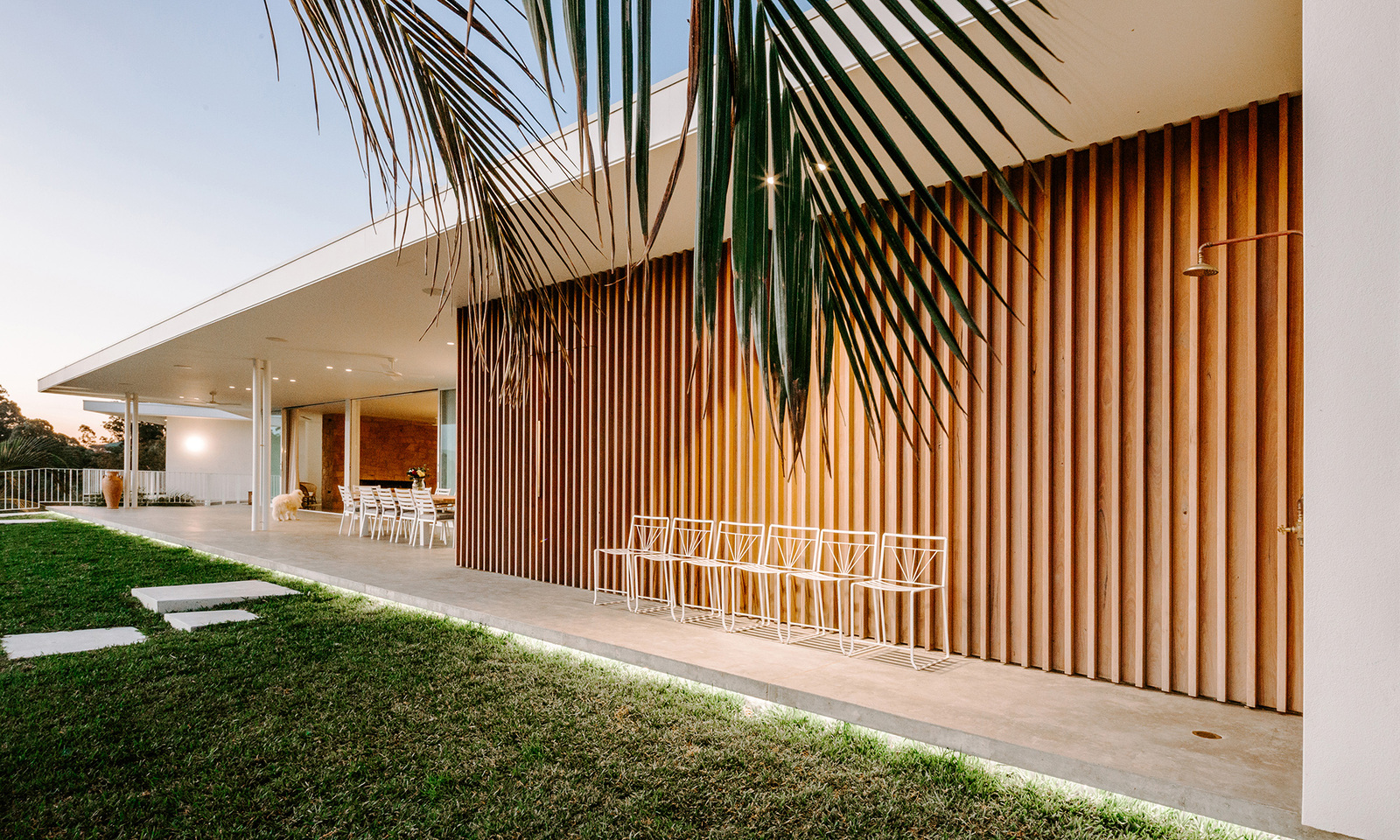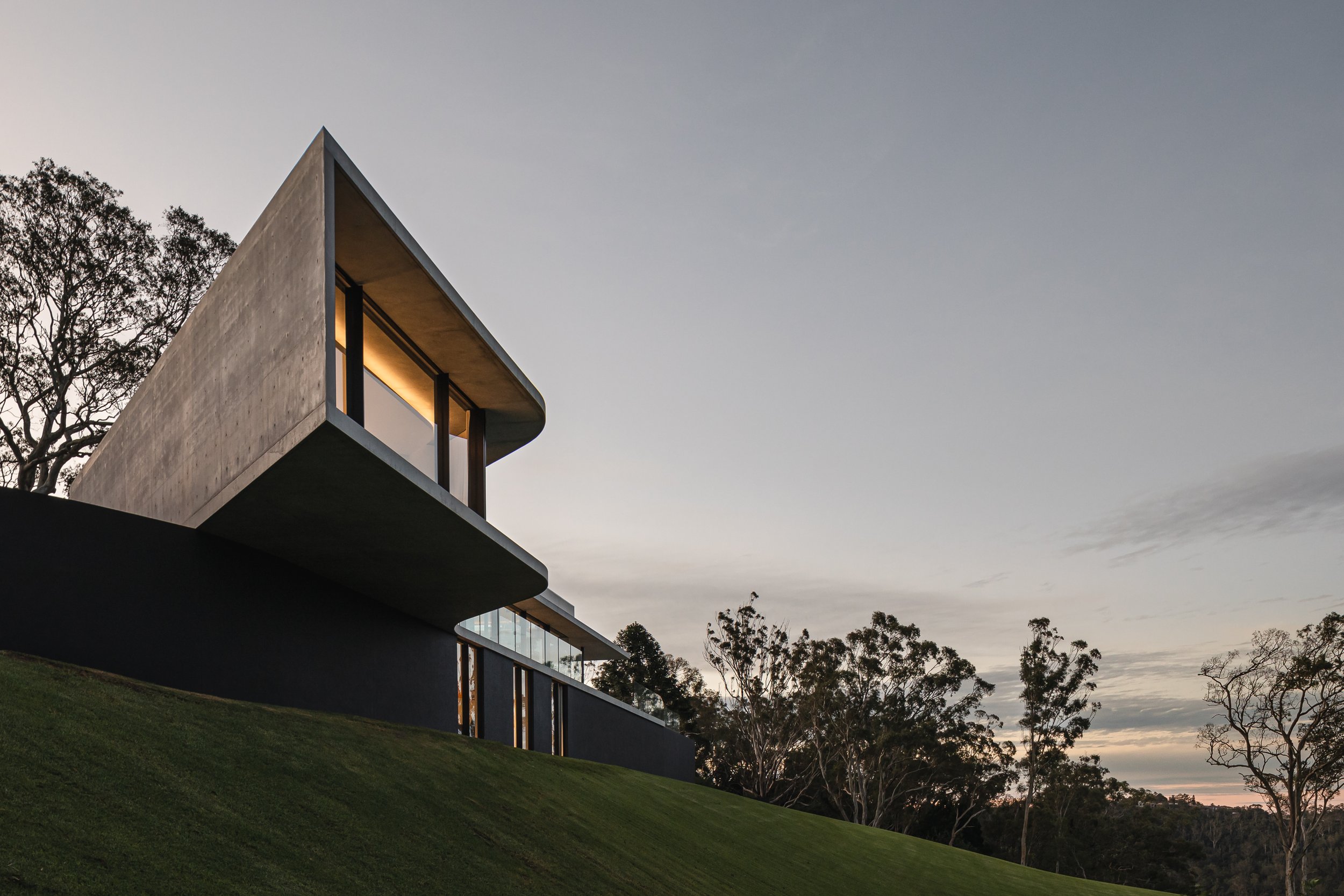Expert Residential Architects to Design Your Dream Home with Precision and Style
Expert Residential Architects to Design Your Dream Home with Precision and Style
Blog Article
Top Patterns in Residential Style You Ought To Learn About
As property style remains to evolve, a number of compelling patterns are shaping the method we design and occupy our space. Key advancements such as lasting building techniques, the combination of clever home innovation, and the surge of modular homes emphasize a significant change towards both performance and ecological responsibility. Furthermore, principles like open plan living and biophilic design are redefining our interaction with area and nature. Recognizing these trends not just informs style selections but also exposes wider effects for way of living and area - residential house architect. What might these innovations indicate for the future of residential living?
Sustainable Building Practices
An enhancing number of domestic projects are embracing lasting structure techniques, driven by an expanding understanding of ecological effect and energy efficiency. This change is identified by the integration of environmentally friendly products, energy-efficient designs, and cutting-edge building and construction techniques. Builders and homeowners are significantly prioritizing making use of eco-friendly sources, such as bamboo and recycled metals, which not just decrease the carbon impact however likewise improve the toughness and aesthetic allure of properties.
Including energy-efficient systems is one more crucial aspect of sustainable structure - residential house architect. Functions such as high-performance insulation, energy-efficient windows, and solar panels are ending up being standard in brand-new domestic layouts. These components not only add to lower power usage but additionally supply substantial lasting cost savings for homeowners
Furthermore, the design of lasting homes typically stresses natural light and ventilation, reducing the reliance on fabricated lighting and climate control systems. Landscaping techniques, such as xeriscaping, further promote sustainability by reducing water use.
As the demand for lasting living options continues to increase, the domestic architecture market is poised to innovate and adapt, making certain that future homes are not only eco accountable yet also comfy and useful for their passengers. - residential house architect
Smart Home Innovation
Smart home technology is reinventing the means property owners communicate with their home, boosting safety, ease, and power monitoring. This ingenious technique incorporates numerous tools and systems, enabling individuals to manage their homes remotely or with automated processes. Central to this pattern is using smart gadgets such as thermostats, lights, safety video cameras, and home appliances, all linked through the Internet of Points (IoT)
One of one of the most attractive features of smart home modern technology is the capacity to tailor settings for optimum power effectiveness. Homeowners can check power usage and adjust cooling, home heating, and illumination based on their regimens, significantly minimizing energy expenses. Additionally, advanced security systems equipped with clever locks and monitoring video cameras offer peace of mind, enabling remote surveillance and notifies to possible protection breaches.
Assimilation with voice-activated assistants improves customer experience, permitting homeowners to manage tools with easy voice commands. As innovation continues to progress, the potential for wise home systems to improve top quality of life expands, making them a necessary consideration in contemporary residential architecture. Ultimately, wise home modern technology is not just a pattern yet a fundamental shift toward more intelligent living atmospheres.
Open Principle Living
Open up principle living has actually emerged as a defining function in modern property style, characterized by the elimination of typical obstacles between spaces. This design approach promotes fluidity and connectivity within the home, enabling for a seamless shift in between locations such as the kitchen area, dining, and living areas. By removing dividers and wall surfaces, open principle formats create a sense of space, fostering an inviting atmosphere that improves social communication.

Additionally, this method to household style straightens with minimalism, focusing on useful simplicity and aesthetic comprehensibility. Property owners value the flexibility of these formats, which can be quickly adjusted to reflect individual design through furnishings setup and design. As open principle living remains to acquire grip, it remains a testimony to advancing household characteristics and the need for homes that enhance connection and convenience.
Biophilic Style
Biophilic design has come to be increasingly considerable in household design, stressing the intrinsic connection between people and nature. This design approach looks for to integrate natural aspects right into living areas, thereby promoting a feeling of health and boosting the lifestyle for occupants. By integrating functions such as all-natural light, plant life, and natural materials, biophilic style promotes a harmonious connection in between indoor atmospheres and the environment.
Secret elements of biophilic layout consist of huge home windows that give unobstructed sights of outdoor landscapes, living walls that Home Page introduce greenery right into insides, and open floor plans that encourage airflow and natural light infiltration. Water features, both inside and outside the home, offer to develop comforting ambiences and enhance sensory experiences.
Additionally, making use of sustainable products not just sustains ecological stewardship yet likewise contributes to healthier indoor air quality. As awareness of ecological concerns boosts, homeowners are significantly focusing on styles that mirror their link to nature. Fundamentally, biophilic design not only boosts visual appeal however likewise addresses emotional and psychological needs, making it an essential pattern in contemporary household style.
Modular and Prefab Houses

Furthermore, prefab and modular homes are developed with sustainability in mind. Numerous producers use green products and energy-efficient systems, such as photovoltaic panels and progressed insulation methods, adding to minimized energy consumption and reduced energy costs for home owners. The adaptability of layout choices enables for modification, satisfying varied visual preferences and functional needs.
As the need for affordable real estate remains to increase, prefab and modular homes offer a feasible service, dealing with both financial and ecological challenges. Areas are significantly recognizing the possibility of these structures, incorporating them right into rural and metropolitan settings. On the whole, here are the findings the pattern toward prefab and modular homes represents a change towards extra sustainable, reliable, and adaptable living environments, making them an essential aspect of modern domestic style.
Final Thought
To conclude, the progressing landscape of domestic style showcases considerable fads that prioritize innovation, sustainability, and well-being. Lasting structure practices and wise home technologies enhance efficiency and benefit, while open principle living and biophilic design foster social interaction and a link to nature. Furthermore, the increase of modular and prefab homes uses personalized and inexpensive options, reflecting a broader change in the direction of useful and responsible living. These patterns jointly highlight a dedication to producing cutting-edge and unified residential settings.
Key growths such as sustainable building methods, the combination of smart home technology, and the rise of modular homes emphasize a substantial change in the direction of both performance and environmental responsibility.The increase of prefab and modular homes has actually changed the household architecture landscape, offering innovative services for reliable and sustainable living.In addition, prefab and modular homes are created with sustainability in mind. In general, the trend towards modular and prefab homes symbolizes a shift towards a lot more sustainable, reliable, and versatile living environments, making them a critical element of modern property architecture.
Lasting building techniques and wise home technologies enhance performance and comfort, while open concept living and biophilic style foster social interaction and a link to nature.
Report this page